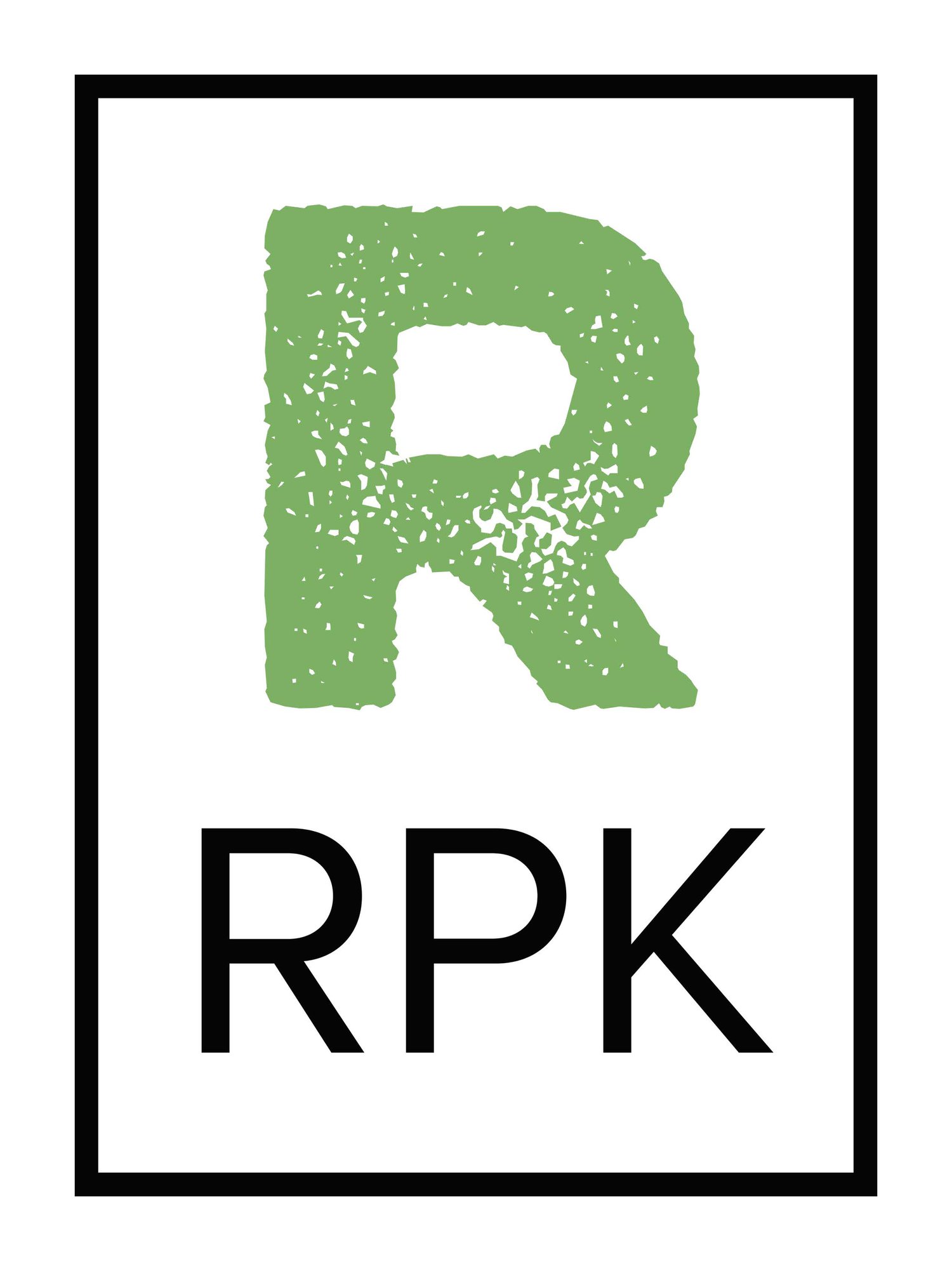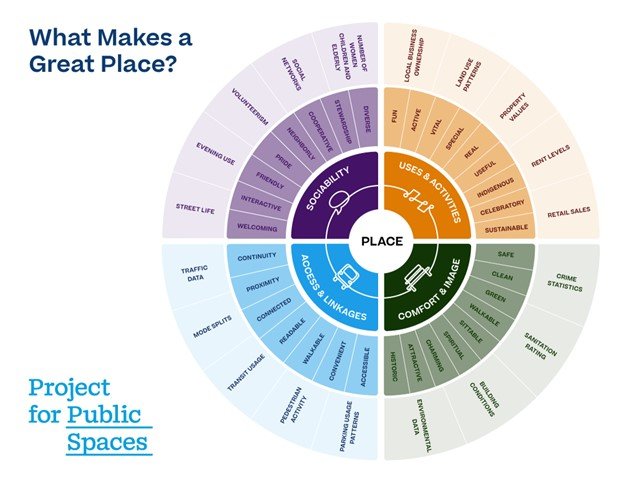Bringing Social Impact Spaces to Home, Work, and School
As we near the end of the year we have been thinking about the importance of gathering with friends and family this season and the role and importance that places play in enabling that to occur. We are also recognizing that we like to share our favorite places with our favorite people and that these types of places have the ability to make us happy by improving our mental and physical well-being through their ability to connect us with nature and to connect us with one another. Why is though, that often when we think of these places we tend to think of “Third Places” - places that are outside of our home or work? What if we were able to bring elements of our favorite places into our own homes or even the places where we work? In this article we examine these ideas through a new realm of seeking to create Social Impact Spaces for home and work/school.
“Favorite People, Favorite Places,
Favorite Memories of the past …
These are the joys of a lifetime
Those are the things that last”
To begin, one must first understand the concept of the “Third Place.” Author Ray Oldenburg, a renowned sociologist coined the term “Third Place” to refer to the social surroundings that are separate from the two usual social environments of home ("first place") and the workplace ("second place"). He cites examples of third places that include places like churches, cafes, clubs, public libraries, bookstores and parks. In his book The Great Good Place (1989), Ray Oldenburg advocates that third places are important for civil society, democracy, civic engagement, and establishing feelings of a sense of place.
Public places should be sociable
According to the Project for Public Spaces (PPS) , a successful public space generally needs to offer four qualities: it should be accessible, it should be comfortable and have a good image, people should be able to engage in an array of activities, and it should be sociable. With these characteristics in mind, PPS describes the possibilities as, “endless as to what type of public space can be successful.” PPS developed The Place Diagram (below) as a tool to help people determine the elements of a “Great Place.”
RPKLA’s Social Impact Spaces
It is through examining the two core facets of great places as social environments that has led us to revolutionize our design approach and outcomes to be focused on outdoor Social Impact Spaces. We have been intentionally setting course to align our companies values, mission, and services to further align with environmental, social, and human impact values. We are shaping and designing places that impact the future of public and private land and impact neighborhoods, communities, backyards and ultimately the planet as a whole.
We recently announced that we have become certified in Environmental Social Governance (ESG) to serve corporations that are looking to broaden their social and environmental responsibility through sustainable function and design to enhance their impact (and ESG rating) to make a better world. It is that “S” in ESG that represents Social criteria and examines how it manages relationships with employees, suppliers, customers, and the communities where it operates.
Recently we’ve also started to realize that we also desire to create these social environments for people where they live and work (those first and second places) beginning with first places for homeowners through our Balanced Backyards, and multifamily apartments Social Impact Spaces that lead to social engagement and quality of life amenities through innovative and sustainable design.
At RPKLA we have a fundamental understanding that good outdoor places have the ability to impact the health and mental well-being of people. Below are also several key examples of social impact spaces we now can design and create for “second spaces” - where you work/study.
Aspen Court Multifamily Apartments - A project by RPKLA.
Social Impact Spaces potential in the workforce
RPKLA is currently offering the ability to create outdoor breakrooms and workspaces with spaces that impact employee happiness and well-being. Take a look at some of the research below that we have compiled indicating the importance of creating places that put employees in touch with nature:
Nature is consistently shown to increase well-being and morale. The more greenery a human takes in within a day, the less stressed and more connected they feel. A 2015 report from The Human Spaces, titled The Global Impact of Biophilic Design in the Workplace, showed that “employees who work in environments with natural elements report a 15 percent higher level of well-being, are 6 percent more productive, and 15 percent more creative overall.”
The future of the employee experience is personalization. Every employee has unique reasons for wanting to return to the office and distinct expectations about what it should offer. Providing a variety of spaces and amenities in your new, reimagined workplace will help you exceed these expectations and draw people back to this space. When employees feel more at home in the office, they’ll be more eager to come back to it. This is an opportunity to reconsider how the work is done and where it’s done.
The below chart by Cushman Wakefield shows the cost/value of these decisions by showing how high outdoor walking/space are in “Employee Ranking for Happiness/Meaning” compared to “Cost to Implement”:
A rendering of the Children’s Center of Brighton - RPKLA was tasked with designing an outdoor environment to support a full range of developmental needs & learning outcomes.
Outdoor Classrooms
Outdoor classrooms are one of the fastest-growing trends in education as they provide safe social distancing options and a new learning environment for students. Nature is a mental health-promoting resource and a learning environment support. Research shared by Harvard indicates that “outdoor learning can have huge benefits on student mental health and academic performance. Students are often calmer and better able to focus when learning in nature, and teachers have reported better behavior and social interactions with fewer disciplinary issues.”
One article out of Sante Fe, New Mexico even indicated that outdoor classrooms could help mitigate the problems solved by virtual-only learning during the pandemic and that outdoor learning could increase concentration and motivation for children. “Making spaces where learning is fun, and moving ahead to help children catch up after a year of virtual learning, outdoor classrooms are one of the best ways to make up for lost time.”
Let us build a Social Impact Space for you.
Whether it's a first place (home), second place (work), or a public greenspace near your favorite third place, you may be looking for the opportunity to create a Social Impact Space where you and others can gather and reap the benefits. Whether you are seeking a balanced backyard space, outdoor break room, outdoor classroom, or customized public space to your desire, let us explore how to create a place rooted in social interaction for you. See how our Social Impact Spaces can suit your needs and please reach out to us to engage us for a conversation on your project idea. Beginning the plan to create a healthy vibrant Social Impact Space can never happen too early, let us help you design a space that you and others can share.









